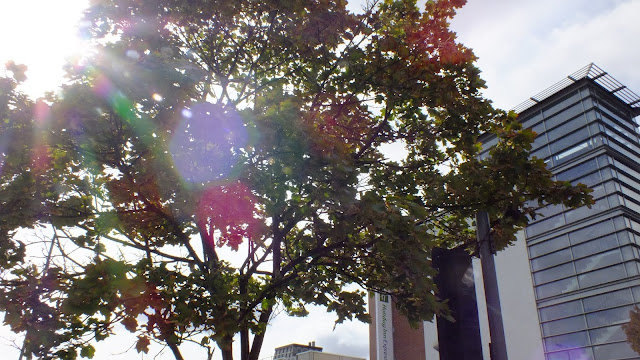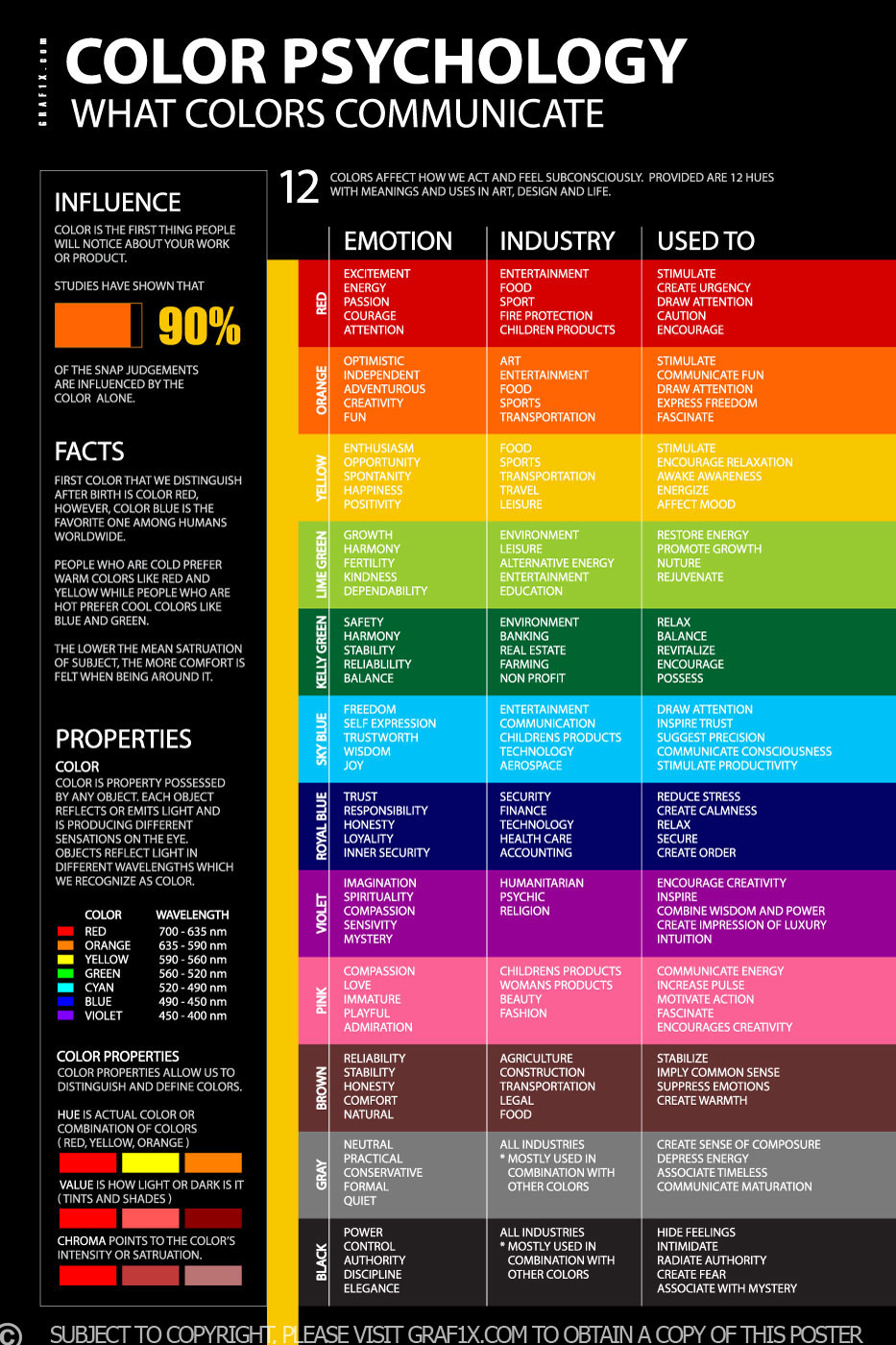Texture and Pattern
Definitions -
Texture - the feel, appearance, or consistency of a surface or a substance. Where a surface is a rough or raised
Pattern- a decorative design, as for e.g. wallpaper, china, or textile fabrics, etc decoration or ornament having such a design.

Artist Research-
Edward Henry Weston was a 20th-century American photographer. He has been called "one of the most innovative and influential American photographers… and "one of the masters of 20th century photography."[2] Over the course of his 40-year career Weston photographed an increasingly expansive set of subjects, including landscapes, still lives, nudes, portraits, genre scenes and even whimsical parodies. Weston was born in Chicago and moved to California when he was 21. He knew he wanted to be a photographer from an early age, and initially his work was typical of the soft focus pictorialism that was popular at the time. Within a few years, however, he abandoned that style and went on to be one of the foremost champions of highly detailed photographic images.

Image bank -
Contact Sheets-
Editing with photoshop -
AO3: Record ideas, observations and insights relevant to intentions, reflecting critically on work and progress.
My idea for recording Texture and Pattern was to capture the various raised edges of an object or substance within Harlow. I managed to get a variety of different pictures varying from synthetic hair to the trees outside. My favourite image would be the one of the road saying 'look left' as I feel this is a really good picture to describe texture. The reason for this is because due to the ground eroding and wearing away it has created this nice uneven line down the middle which could even close up look like a tear in the earth. the use of stones and cement has also created a nice patterned surface.
AO2: Explore and select appropriate resources, media, materials, techniques and processes, reviewing and refining ideas as work develops.
I used a Fuji finepix HS25 EXR for the shots taken. I adjusted the aperture differently for each photo as some looked better from a wide shot and others a close up. I tried to look for objects that looked like that had some form of definition that could be captured. Once taking my pictures I then decided that I preferred the black and white image as it made the texture bolder and I could adjust my curves to make certain areas of the shot darker. In the majority of the pictures I used, curves, contrast and vibrance, however in one I used colour balance to adjust the tones.
AO1: Develop ideas through sustained and focused investigations informed by contextual and other sources, demonstrating analytical and critical understanding.
The artist research was helpful as I realised that I was able to explore the variety of different textures through landscapes and objects. By looking at how he had photographed images and then edited them into black and white, I tried to create the same idea as I felt like the the negative space really added impact into each picture I was able to shoot.
AO4: Present a personal and meaningful response that realises intentions and, where appropriate, makes connections between visual and other elements.
Overall I feel I have really been able to capture texture and pattern by the artist research of Edward Henry Weston and exploring the idea of texture in more context. By focusing on various designs and elevated edges I have then captured what I believe to be examples of this.


























































